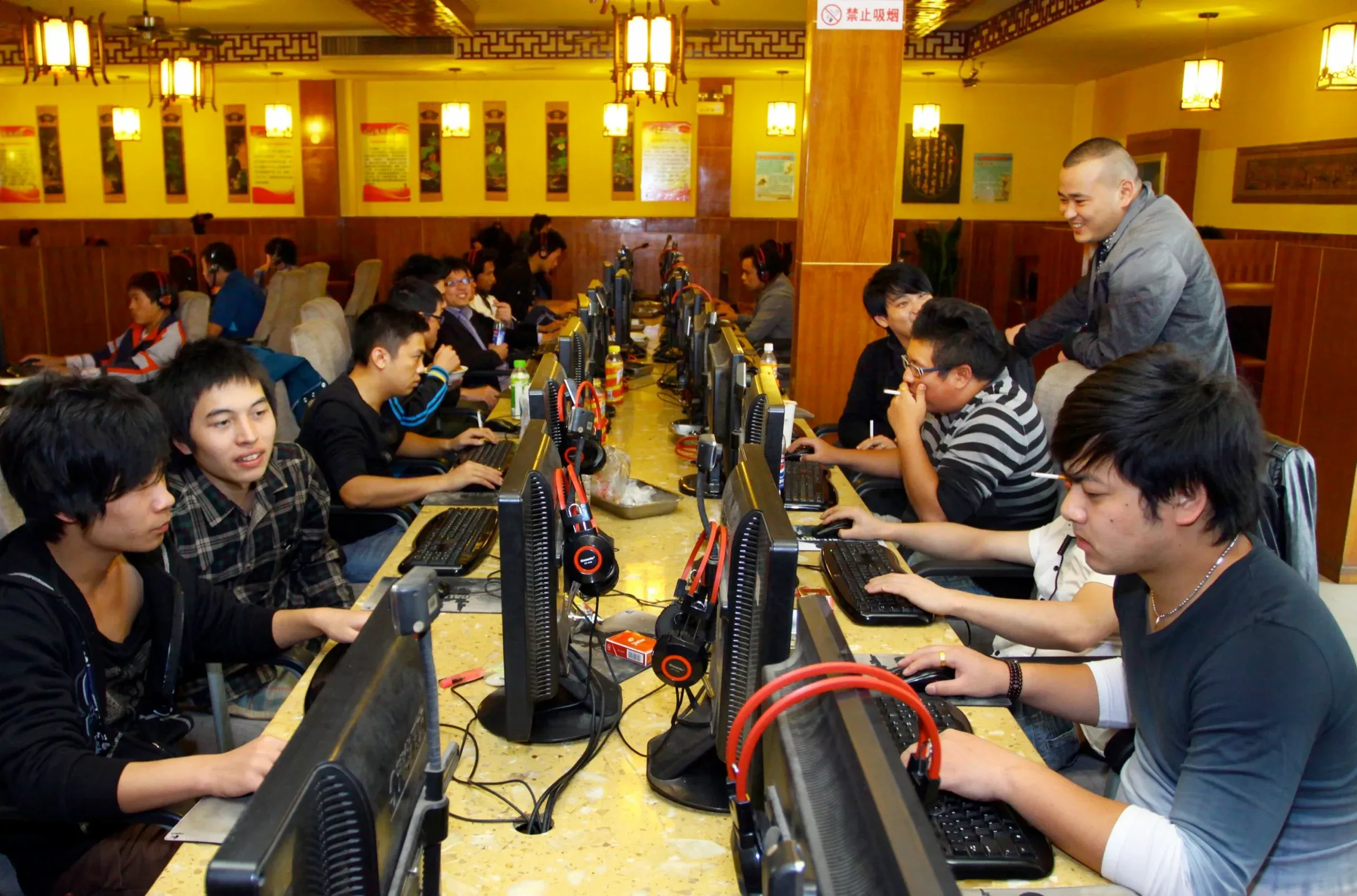我国网民规模达10.92亿人 互联网普及率达77.5 %
网络基础设施建设持续加强,服务质量深度优化
|1 min read

<p class="“art_p“">3月22日,中国互联网络信息中心(CNNIC)在京发布第53次《中国互联网络发展状况统计报告》(以下简称《报告》)。《报告》显示,截至2023年12月,我国网民规模达10.92亿人,较2022年12月新增网民2480万人,互联网普及率达77.5 %。相关数据显示,我国经济总体回升向好态势持续巩固,互联网在推进新型工业化、发展新质生产力、助力经济社会发展等方面发挥重要作用。</p> <p class="“art_p“"><span style="““">网络基础设施建设持续加强,服务质量深度优化</span></p> <p class="“art_p“">2023年,我国坚持稳字当头、稳中求进,持续发挥新一代信息技术的引领作用,推动我国高质量发展迈出新步伐。</p> <p class="“art_p“"><span style="““">一是网络基础资源不断优化。</span>截至12月,IPv6地址数量为68042块/32;国家顶级域名“。CN”数量为2013万个;互联网宽带接入端口数量达11.36亿个。</p> <p class="“art_p“"><span style="““">二是物联网发展提质增速。</span>截至12月,累计建成5G基站337.7万个,覆盖所有地级市城区、县城城区;发展蜂窝物联网终端用户23.32亿户,较2022年12月净增4.88亿户,占移动网终端连接数的比例达57.5 %。</p> <p class="“art_p“"><span style="““">三是移动通信网络高质量发展。</span>由5G和千兆光网组成的“双千兆”网络,全面带动智能制造、智慧城市、乡村振兴、文化旅游等各个领域创新发展,为制造强国、网络强国、数字中国建设提供了坚实基础和有力支撑。</p> <p class="“art_p“"><span style="““">网络惠民走深走实,更多人共享互联网发展成果</span></p> <p class="“art_p“">2023年,我国持续加快信息化服务普及,缩小数字鸿沟,坚持在发展中保障和改善民生,让更多人民共享互联网发展成果。</p> <p class="“art_p“"><span style="““">一是城乡上网差距进一步缩小。</span>我国农村网络基础设施建设纵深推进,各类应用场景不断丰富,推动农村互联网普及率稳步增长。截至12月,农村地区互联网普及率为66.5 %,较2022年12月提升4.6个百分点。</p> <p class="“art_p“"><span style="““">二是群体间数字鸿沟持续弥合。</span>我国对老年人、残疾人乐享数字生活的保障力度显著增强。2577家老年人、残疾人常用网站和App完成适老化及无障碍改造,超过1.4亿台智能手机、智能电视完成适老化升级改造。</p> <p class="“art_p“"><span style="““">三是公共服务类应用加速覆盖。</span>数字技术的发展使公共服务更加便捷与包容,智慧出行、智慧医疗等持续发展让网民数字生活更幸福。网约车、互联网医疗用户规模增长明显,较2022年12月分别增长9057万人、5139万人,增长率分别为20.7 %、14.2 %。</p> <p class="“art_p“"><span style="““">新型消费持续壮大,助推我国经济总体回升向好</span></p> <p class="“art_p“">2023年,我国互联网应用持续发展,新型消费潜力迸发,数字经济持续发展,助推我国经济回升向好。</p> <p class="“art_p“"><span style="““">一是文娱旅游消费加速回暖。</span>以沉浸式旅游、文化旅游等为特点的文娱旅游正成为各地积极培育的消费增长点。截至12月,在线旅行预订的用户规模达5.09亿人,较2022年12月增长8629万人,增长率为20.4 %。</p> <p class="“art_p“"><span style="““">二是国货“</span><span style="““">潮</span><span style="““">品”引领消费新风尚。</span>国货“潮品”持续成为居民网购消费重要组成。近半年在网上购买过国货“潮品”的用户占比达58.3 %;购买过全新品类、品牌首发等商品的用户占比达19.7 %。</p> (总台央视记者 张岗)

